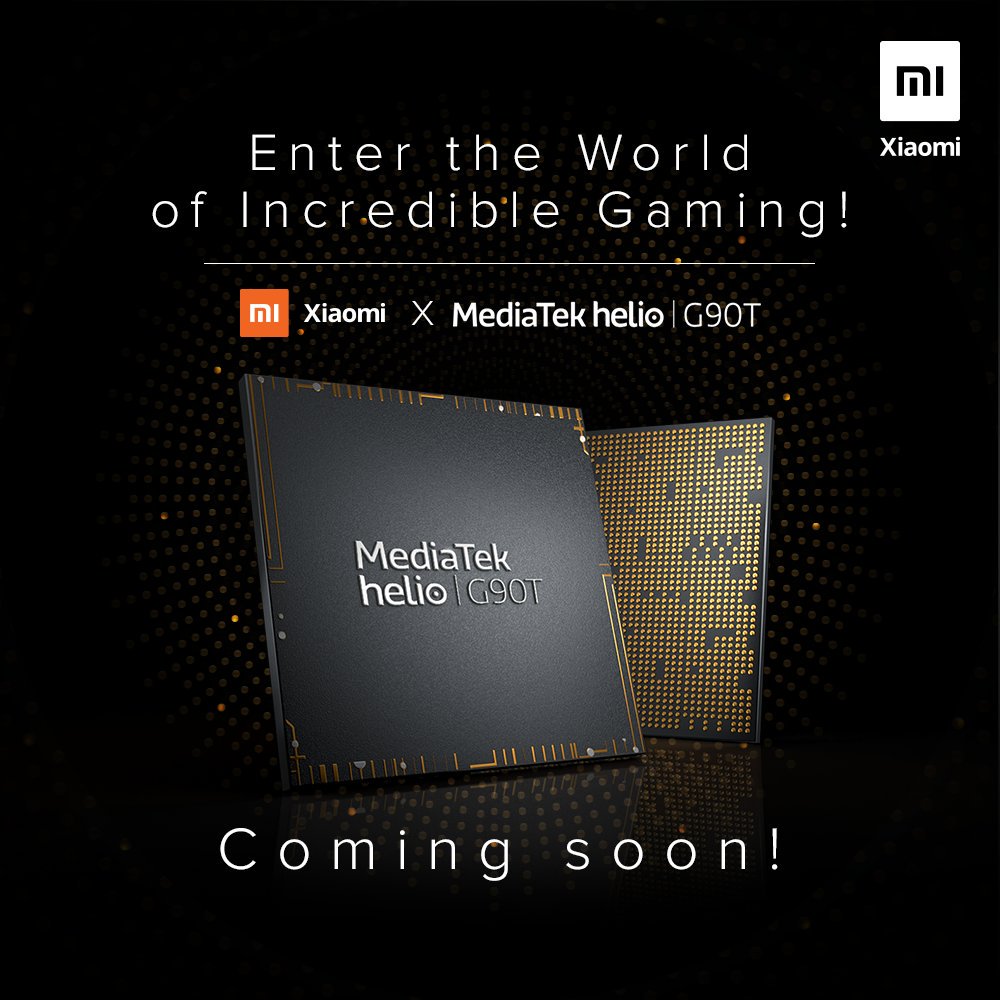

But for now, even this small step represents a good change in direction for MediaTek SoCs.
#Helio g90t update
We will update this article when the complete sources have been uploaded and brought to our knowledge. Xiaomi has not officially announced that these kernel sources have been released, so it is possible that they are still in the process of uploading complete sources.

The kernel source released at this stage is still incomplete, as it is apparently missing firmware for the touchscreen.
#Helio g90t pro
Kernel Sources for the Xiaomi Redmi Note 8 Pro (MediaTek Helio G90T)

With the release of these kernel sources, we can expect work to take off on custom kernels and recoveries for the Redmi Note 8 Pro.
#Helio g90t android
With the release of the kernel sources for the Android Pie release of the Redmi Note 8 Pro (with the MediaTek Helio G90T SoC inside), Xiaomi remedies a part of the problem that has plagued MediaTek SoCs in the past. Based on a 12nm process, the SoC comprises of 2x Cortext-A76 and 6x Cortex-A55 along with the ARM Mali-G76 MC4 GPU - and MediaTek claims that the SoC is capable of competing against the likes of the Qualcomm Snapdragon 730G.
#Helio g90t upgrade
The MediaTek Helio G90T is a gaming-focused upgrade over MediaTek's Helio P90 SoC. With the Redmi Note 8 Pro, Xiaomi has taken a bit of a gamble by switching over from tried-and-tested Qualcomm Snapdragon SoCs that have been used in several of their most popular devices over the years, to the new MediaTek Helio G90T that was released a while ago. The Mali-G76 3EEMC4 Graphics Processor has 4 Cores and can reach up to 800 MHz. The bigger A76 Cores can reach 2.05 GHz while the smaller Cortex-A55 Cores have maximum clock speed of 2.0 GHz. In line with recent practice from the Chinese OEM, Xiaomi has released the kernel sources of the Redmi Note 8 Pro's Android Pie release. Helio G90T Specification It is an Octa-Core chip with two high-performance Cortex-A76 and six power-efficient Cortex-A55 Cores. The Redmi Note 8 Pro is the latest flagbearer of one of Xiaomi's most successful product lineups, succeeding devices like the Xiaomi Redmi Note 7 Pro. We’ll also see it on more midrange gaming phones in the coming months.After a bunch of leaks and teasers, Xiaomi released the Redmi Note 8 Pro alongside the Redmi Note 8, RedmiBook laptop and Redmi TV at an event in China. The Helio G95 is expected to debut on the Realme 7 series which is due to launch on September 3. There’s also support for Wi-Fi and LTE concurrency as well as GPS, Glonass, Beidou and Galileo GNSS. In terms of connectivity, we’re looking at Dual 4G VoLTE, Wi-Fi 5 and Bluetooth 5.0. The new G95 supports FHD+ panels of up to 90Hz refresh rate as well as up to 64MP camera sensors and 4K 30FPS video recordings. Redmi Note 8 Pro (MediaTek Helio G90T) kernel sources. In terms of memory, we’re looking at up to 10GB LPDDR4x RAM while storage taps out at UFS 2.1 speeds. The Xiaomi Redmi Note 7 series has been one of the best-selling products in its segment in the.

The Mali G76 MC4 GPU is now clocked at 900MHz which provides the aforementioned performance boost. The G95 is fabricated on TSMC’s 12nm process and comes with two Cortex-A76 cores clocked at 2.05GHz alongside six Cortex-A55 cores working at 2.0GHz. It still only supports 4G connectivity and has the same CPU layout, RAM and connectivity as the Helio G90T. Now the company is unveiling the line's new top dog called G95 - an overclocked version of the G90T with 5% better GPU performance. Over a year ago, MediaTek announced its G90 series gaming chipsets with the G90 and G90T. MediaTek Helio G90 & G90T our first G90-Series chipsets are exclusively designed to be the core of an incredible smartphone gaming experience.


 0 kommentar(er)
0 kommentar(er)
